How to Grow Potatoes

by
Lee @ Lady Lee's Home
(IC: blogger)
The potato is the world’s fourth largest food crop. It is a starchy, tuberous crop with an ideal carbohydrate to protein ratio. 73% of its protein is easily utilized by humans, in fact, only eggs rank higher at 96%. In addition, potatoes also provide a significant amount of minerals and vitamins.
There are many ways of growing potatoes in the home garden. Over the past few years, I’ve tried a few.
Potato Verities to Grow
Methods of Growing Potatoes
How to Plant Potatoes
Dividing Seed Potatoes Before Planting – potatoes that are the size of a hen’s egg or smaller should be planted whole. Larger potatoes can be divided.
To divide the potato, use a sharp knife and cut it into two or more pieces. What’s important is to make sure each part has at least one sprouts.
Planting Potatoes – whatever method you choose to use, make sure to plant the potatoes 6”-8” deep with the sprouts pointing upward. Space plants 12” from each other and if you plant in rows, for best results, space rows 30”-36” from each other.
Pests – this is probably why I don’t classify potatoes in the group of easy crops to grow… The colorado potato beetle. In the picture above you see the teenage beetles…
And this one is an adult beetle. Pretty right? Sure, as long as it’s not eating your potatoes.
This is one of my 2015 potato plants. I had a beautiful 100ft row of potatoes. A month and a half in, I started spotting the beetles. We tried picking them by hand but the battle was gone pretty fast. They ate the whole 100ft row. You can read more about what happened here.
How to Harvest Potatoes – somewhere in between 40-60 days, your potato plants will start blooming. Once they are blooming you can ‘rob’ the plants of new potatoes. Just dig gently at the edge of your hill and pick a few potatoes without disturbing the rest of the plant.
Enjoyed the project?

Want more details about this and other DIY projects? Check out my blog post!
Published February 2nd, 2016 10:44 PM
Comments
Join the conversation
5 of 24 comments
-
that's exactly what I was thinking of pests larger than beetles, I d be afraid I'd be growing food for the squirrels,moles and others.
 Kwjalien
on Oct 11, 2016
Kwjalien
on Oct 11, 2016
-
-
thanks, I love potatoes, I buy them often, it would save me a bit to grow my own, do I have to grow them in the ground, could they be grown in a raised bed?
 Kwjalien
on Oct 27, 2016
Kwjalien
on Oct 27, 2016
- See 1 previous
-
Raised bed is so much better because you would tend to have better looser soil. Harvesting should be easier and you would not lose potatoes from piercing with a spading fork like I do when harvesting. More than potentially saving a few dollars you will notice that the potatoes taste better. I always do.
 Ken
on Oct 28, 2016
Ken
on Oct 28, 2016
-
You will probably miss a few small potatoes when harvesting. Those will over-winter in the frozen ground and sprout in the spring. As soon as the ground thaws in the spring I plant potatoes that have started to sprout in my pantry, both previous harvest and grocery store potatoes. They always do great.
 Ken
on Oct 28, 2016
Ken
on Oct 28, 2016
-



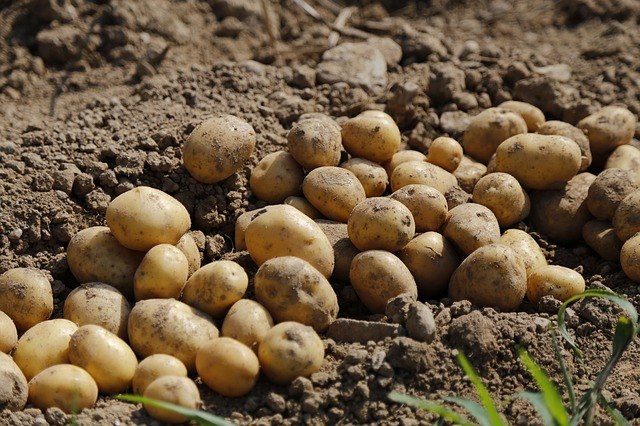












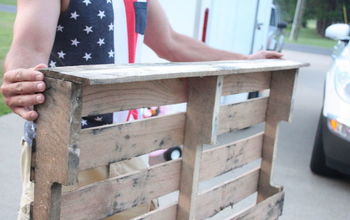




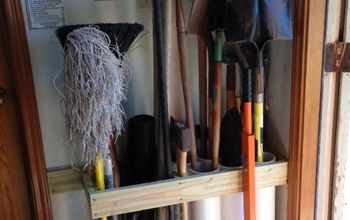

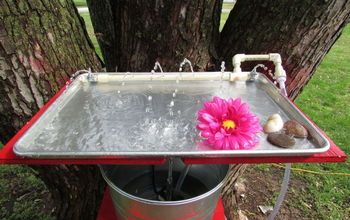







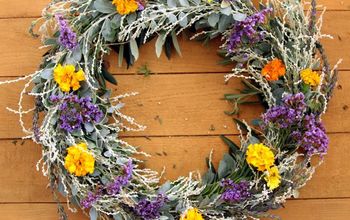






Frequently asked questions
Have a question about this project?